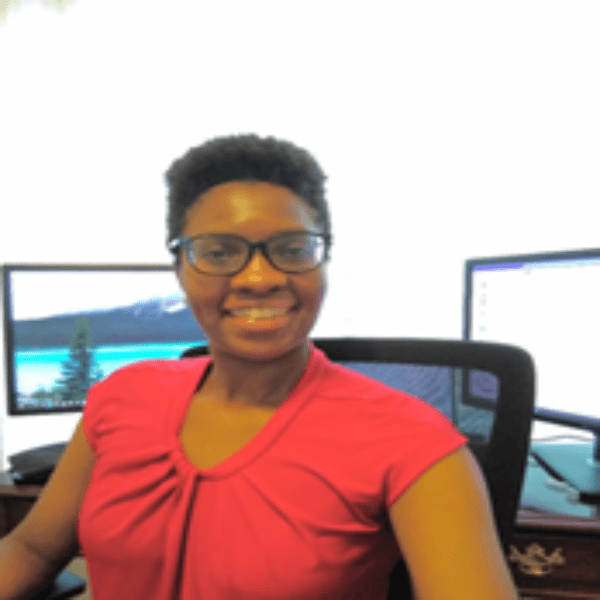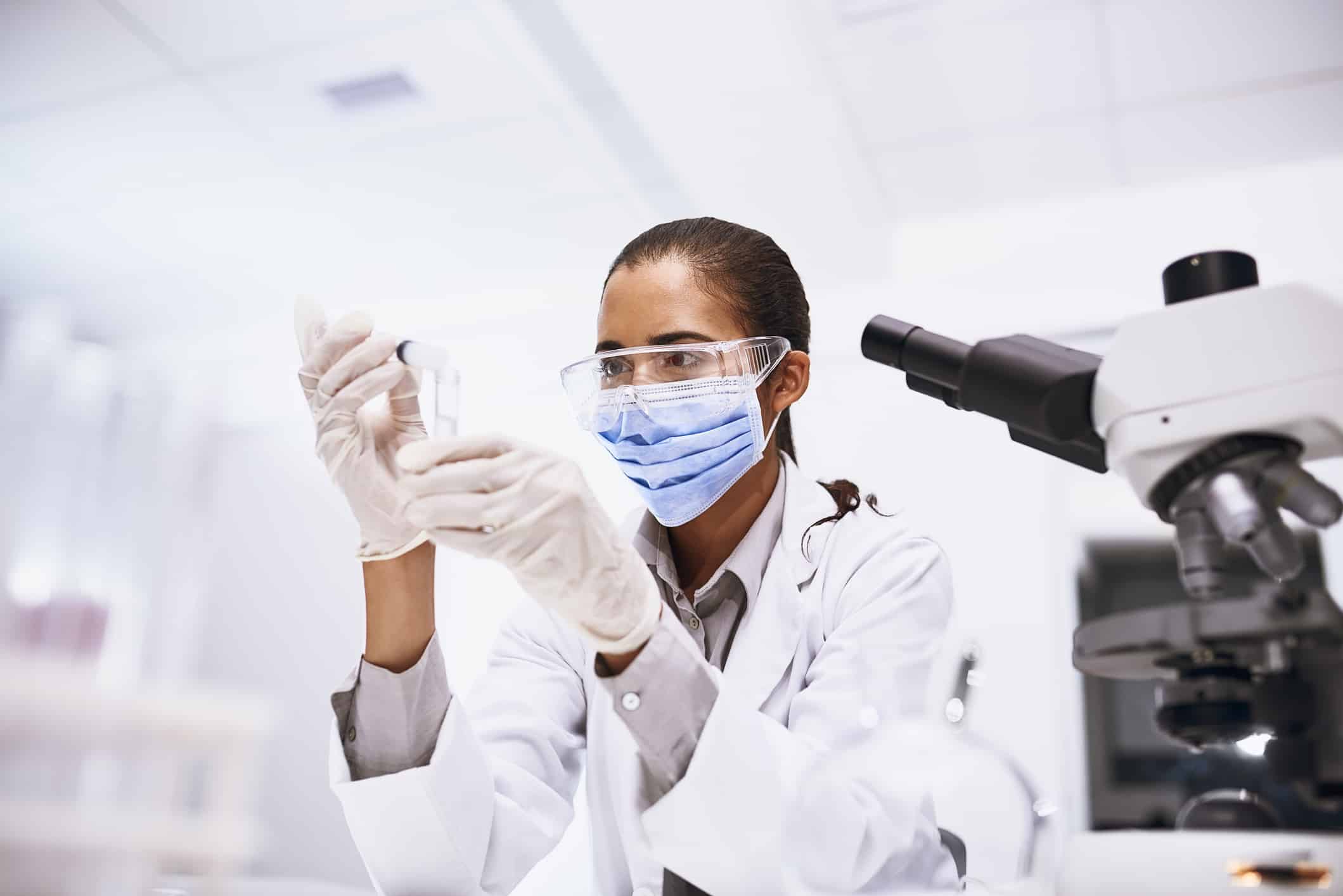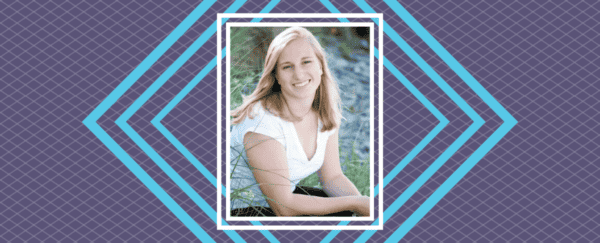
Kalifa Clarke pulls back the curtain on a typical day in the life of a biomedical engineer!
I’ve always had a passion for building and creating things as a child. I loved playing with Legos and attending science and engineering camps. I also did FIRST robotics in high school. I loved participating in the challenging competitions. I enjoyed engineering the most out of all the STEM activities I participated in.
Upon taking a biology class, I realized I wanted a career in medicine, as well as engineering. Then, I subsequently learned about biomedical engineering, which I’ve been passionate about ever since.
I received a B.S in Engineering from Smith College, an all-female school. My college counselor was an alumnus there and she recommended that I apply. I was apprehensive at first as it’s a liberal arts school. After visiting, learning about their engineering program, and seeing how empowered and smart the students were, I knew this was the place I would succeed. S
TEM is still male-dominated, and I saw it as a perfect environment that would allow me to thrive and build my confidence as a female engineer. The curriculum gave me a strong, well-rounded foundation in engineering. My elective courses focused on mechanical and biomedical engineering.
Additionally, I love learning new languages, so I studied Italian and earned a minor in Italian Language and Literature. During my junior year I studied abroad in Florence, Italy and took math and biomedical engineering courses at the University of Florence.
During my year abroad, I learned more about biomedical engineering through a Biocompatible Materials course. As part of the course, I had the wonderful opportunity to shadow surgeons in the operating room. I observed total knee and hip replacements surgeries. After that, I knew I wanted to design medical devices.
I also participated in cultural organizations, like the Black Student Alliance (BSA) and Smith African and Caribbean Student’s Association (SACSA), to socialize and support other students. The activities I attended and people I met helped balance my time as a student and destress from my challenging studies.
What Happens in a Day in the Life of a Biomedical Engineer?

Currently, I’m an R&D engineer at ConMed, a medical device company. I develop products for knee sports medicine injuries that focus on ligament reconstructive surgery such as anterior cruciate ligament (ACL) and posterior cruciate ligament (PCL) procedures.
The ACL and PCL stabilize and move the knee. During physical and normal activities, they can be torn when pivoting, twisting, turning, falling or from a direct impact. Once the ligament is torn, the knee becomes unstable with limited movement; it must be repaired to restore the natural function of the knee.
Our products are implants and instruments used to facilitate these surgeries that repair the ligaments in a patient’s knees. The implants are screws or buttons with sutures designed to fixate the new ACL or PCL graft onto the bone of the tibia and femur. The instruments are guides and drills designed to create tunnels through the tibia and femur for the location of the new ACL or PCL graft. I love that I get to work with surgeons and that the products I work on help people.
I’ve enjoyed all projects I’ve worked on and don’t have a favorite, but my favorite part of each project is when prototypes are evaluated. Once I finish working on a prototype, I have surgeons test it out on a cadaver. It’s an amazing collaboration process where surgeons utilize prototypes in cadaver labs to assess their clinical use.
In the cadaver lab, the surgeon can test the product on a cadaver to see whether the new product or technique works. I receive valuable feedback on the function of the prototype as well as lessons on the anatomy and procedures.
Girls, if you’re interested in engineering, pursue your interests, and never give up on your dreams. Look for opportunities that allow you to experience engineering through school activities, clubs, shadowing, internships, or jobs. If possible, find a mentor that you can learn from and who will be an advocate for you.
Author
-

Kristine Loh (she/her) is a PhD Candidate in Chemical Engineering at the University of Minnesota. As an NSF Graduate Research Fellow in the Ferry and Kortshagen Groups, she studies the optical properties of nontoxic nanomaterials for their applications in renewable energy technologies, such as solar windows and greenhouse roofs. Outside of research, she enjoys K-12 STEM outreach, experimenting with her air fryer, and trying new restaurants in the Twin Cities.






